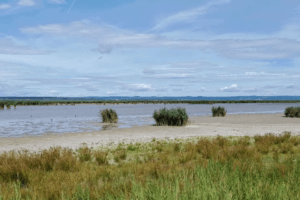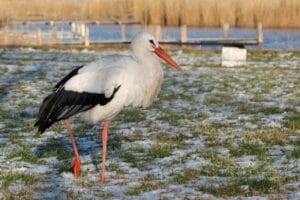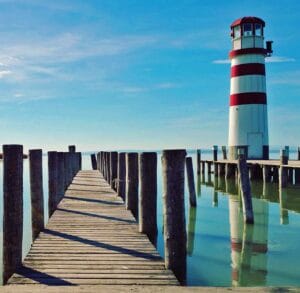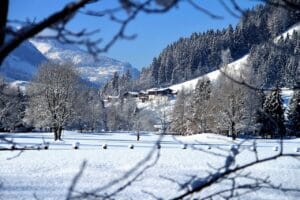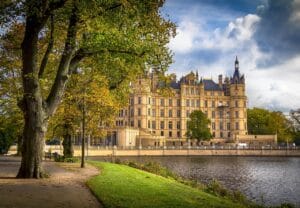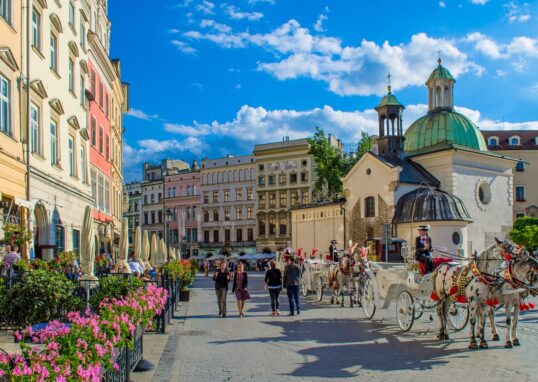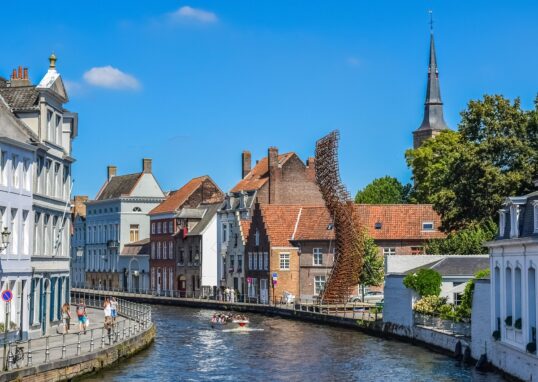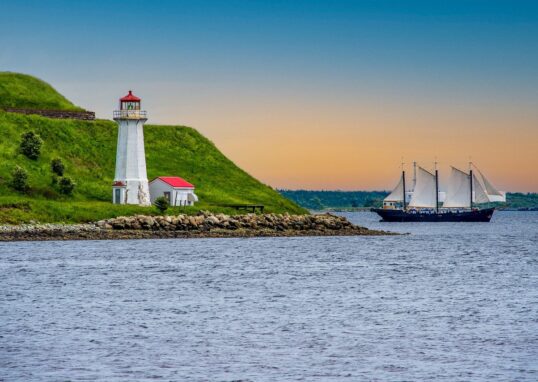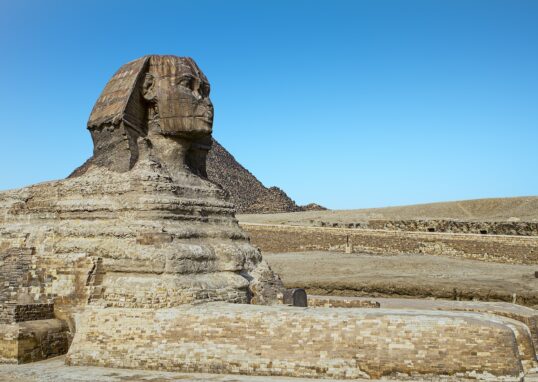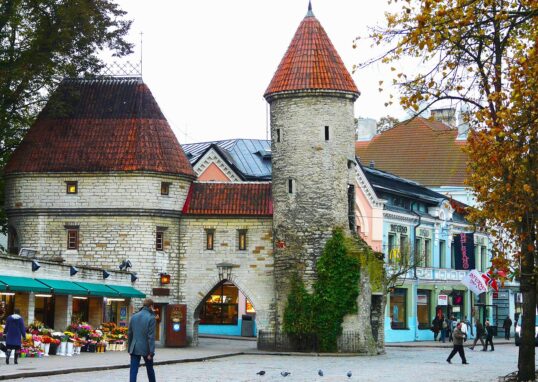
Mirage That Persists: Shallow Sea Defies Logic and Time
The Fertő/Neusiedlersee Cultural Landscape is a stunning region that spans the border between Hungary and Austria. It was designated a UNESCO World Heritage Site in 2001 and is renowned for its blend of natural beauty and cultural heritage. The landscape encompasses a massive lake, diverse ecosystems, ancient towns, and centuries-old traditions, all of which coexist peacefully.
Geographical Overview – Fertő Neusiedlersee Cultural Landscape
At its core lies Lake Neusiedl (Hungarian: Fertő tó), the largest endorheic lake in Central Europe. The lake is approximately 315 square kilometers in size and shallow, characterized by extensive reed swamps and salty water. The surrounding terrain consists of wetlands, meadows, and gentle inclines, creating a mosaic of habitats that harbor rich biodiversity.
Historical Significance
Human settlement in the Fertő / Neusiedlersee region dates back over 8,000 years. Archaeological records show Neolithic settlements, with evidence of continuous settlement during the Bronze Age, Roman period, and into the Middle Ages. The area has been a crossroads of cultures for centuries, influenced by numerous civilizations including the Celts, Romans, Magyars, and Germanic tribes.
Cultural Heritage
The region’s cultural landscape is dominated by traditional farming, viticulture, and rural architecture. Lakeside villages feature whitewashed houses with thatched roofs, narrow alleys, and communal courtyards. Historic palaces and mansions, such as the Esterházy Palace at Fertőd, evoke memories of the aristocratic past and the patronage of the arts. Composer Joseph Haydn, for instance, spent most of his life in service to the Esterházy family and thus made a considerable contribution to the region’s musical heritage.
Natural Environment
The Fertő and Neusiedlersee region is renowned for its natural significance. The lake and the surrounding area are of fundamental significance to numerous plant and animal communities, particularly migratory birds. Many plants and animals inhabit the steppe and wetland flora that typify the region, and it is a significant site for environmental and conservation research. Hungary and Austria have attempted to conserve and preserve the Fertő/Neusiedlersee Cultural Landscape. The establishment of national parks, biosphere reserves, and Ramsar wetlands all indicates the will to protect the natural and cultural heritage of the area. Collective efforts from both countries ensure the sustainable development and preservation of this transboundary cultural property.
Tourism and Recreation
The region attracts tourists with its stunning natural scenery, diverse outdoor activities, and rich cultural heritage. Bird watching, biking, boating, and wine tasting offer hands-on activities that highlight the region’s unique character. Educational courses and interpretive areas offer visitors and residents a wealth of information about the region’s history, ecology, and cultural heritage, inviting them to appreciate and learn about the area.
Eisenstadt, Austria
Isenstadt is the capital of Burgenland, and it’s not far from the lake. It’s a small, quiet town but with a vast cultural heart.
- Esterházy Palace is the top view. It was the residence of the aristocratic Esterházy family. The palace’s building is excellent and beautiful. Visitors can stroll around the palace rooms and learn about life in the past.
- The Haydn House is another must-see. The composer Joseph Haydn once lived here, but today, it’s a museum where music lovers can view his work and instruments.
- After visiting, you can have a coffee in a hidden café or walk around the multicolored old town.
Rust, Austria
Rust is a small wine village on the western shore of Lake Neusiedl. It’s perfect for a day of relaxation.
- Rust is known for its stone nests and wine cellars. Yes, there do live storks here and nest on rooftops!
- You can walk down narrow streets and taste local wines at a family-owned winery. Don’t miss a boat ride from the harbor to enjoy the lake views.
Sopron, Hungary
Across the border in Hungary is Sopron, one of the country’s oldest towns.
- The Firewatch Tower gives a nice view of the town and the surrounding hills. Sopron boasts several historic buildings, including baroque houses and medieval walls.
- You can also visit Storno House and Goat Church, which show the town’s remarkable history. The town center has shops, restaurants, and cafes.
Lake Neusiedl National Park (Seewinkel)
Nature enthusiasts cannot afford to miss National Park Neusiedler See – Seewinkel.
- A haven for bird lovers. No fewer than 300 species of birds are stopping by during migration.
- You may walk, cycle, or take a guided tour through wetlands and salt lakes. Because of its unique landscape, it is also an ideal spot for photography.
Purbach am Neusiedler See
The town lies between the lake and the Leitha Mountains.
- Wine and warm, vine-covered hillsides are renowned for their quality. Walk along its lovely streets lined with stone houses and cellar alleys.
- Sample new wines in local wineries. The Kellergasse (cellar street) is renowned for wine celebrations and festivals.
Lutzmannsburg, Austria
Lutzmannsburg is famous for its family-friendly thermal spa.
- Kids can splash in pools, slides, and play areas, while adults can relax in saunas and hot thermal baths.
- The spa is open all year round, so it’s perfect even on rainy days.
Frauenkirchen, Austria
The town is famous for its beautiful basilica.
- The Frauenkirchen Baroque Basilica is a popular destination for pilgrimages.
- Its towers and altars are stunning and serene. It also features wine taverns and spas within the town.
- Open plains and bike tracks are aplenty around.
Illmitz, Austria
This is an excellent location for starting nature tours of the Seewinkel area.
- You can opt for guided bird-watching tours or rent a bike for added convenience while exploring the area.
- There are local restaurants with hearty food and fresh fish from the lake.
- Illmitz also features small wineries where wine may be sampled and vineyard culture is lived.
Halbturn Palace
A former imperial palace, located just a few kilometers northeast of the lake, is Halbturn Palace.
- The palace boasts elegant gardens, grand halls, and renowned art museums.
- Visitors can walk around the rooms, view exhibitions, or attend seasonal festivities. The property also features a wine shop and café.
Mörbisch am See
It is a village right on the lake and is home to the annual Lake Festival.
- The Seefestspiele Mörbisch is an outdoor musical and opera production performed by the water.
- Neusiedler See has bike rental shops and simple routes to the town.
- Lakeside restaurants and boat tours make it a summer haven.
Tips for Traveling Around the Area
Here are many towns connected by public transportation and bike paths.
- Bike rental is one of the best ways to explore the area at a relaxed pace.
- Bring binoculars if you’re a serious bird enthusiast or photographer.
- Tourist information centers can be found in most towns, complete with maps and schedules of upcoming events.
The Fertő / Neusiedlersee region is more than a beautiful lake. Ringed by small towns and peaceful villages, it invites you to slow down and take in the beauty of nature, history, and wine. From cycling through vineyards, hearing birdsong, or enjoying local food, there’s something special waiting for you around every bend.
Activities in the Area
We can contribute to a 1000–2000-word piece on fun things to do, including:
- Cycling routes and cycling tips. Wine tasting trails and local wineries
- Birdwatching locations and best times. Seasonal festivals and cultural events
- Boat tours, sailing, or windsurfing on the lake
Local Food and Wine Culture
Local Austrian and Hungarian food guide from the region, best restaurants, wine varieties (like Blaufränkisch), and food festivals.
Conclusion
The Fertő/Neusiedlersee Cultural Landscape is an ideal model of human settlement and the natural environment that are mutually compatible. Its compact historical, cultural, and biological fabric makes the landscape a precious resource for both Austria and Hungary, and one of the significant sites of world heritage. Its conservation and the practice of sustainable tourism are imperative to preserve the integrity and vitality of this remarkable landscape for future generations.

